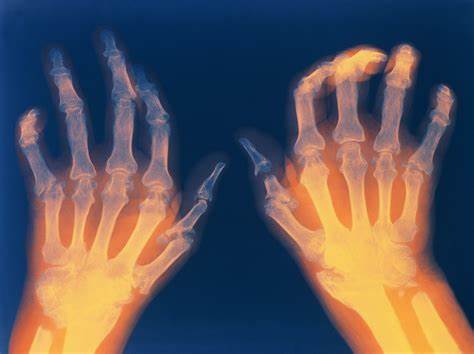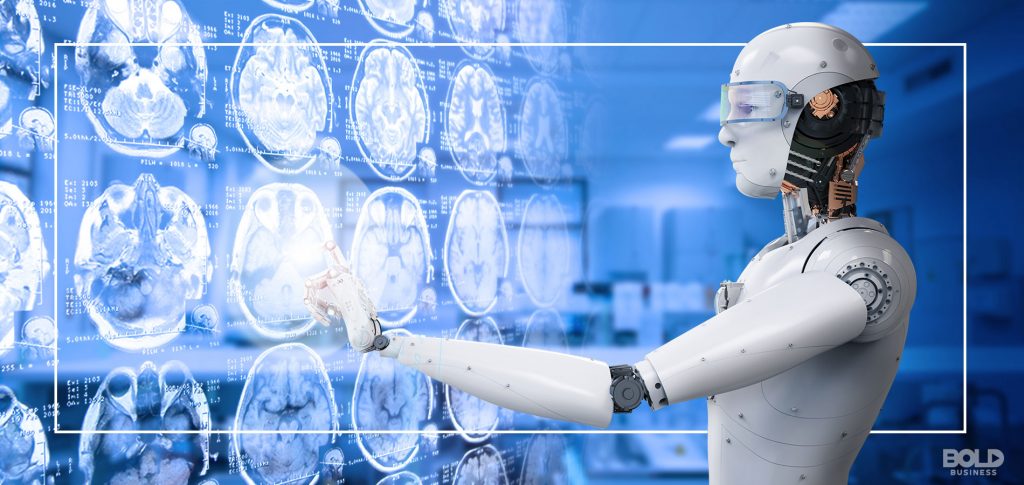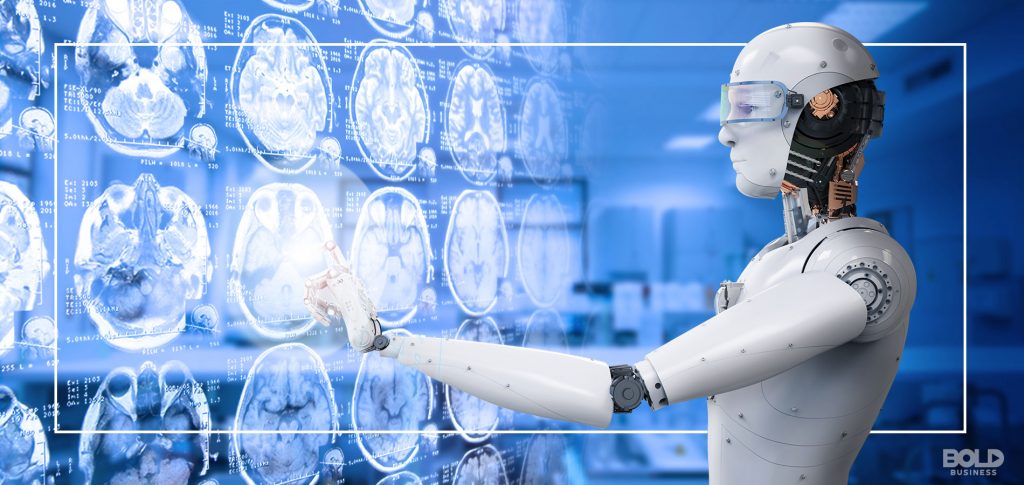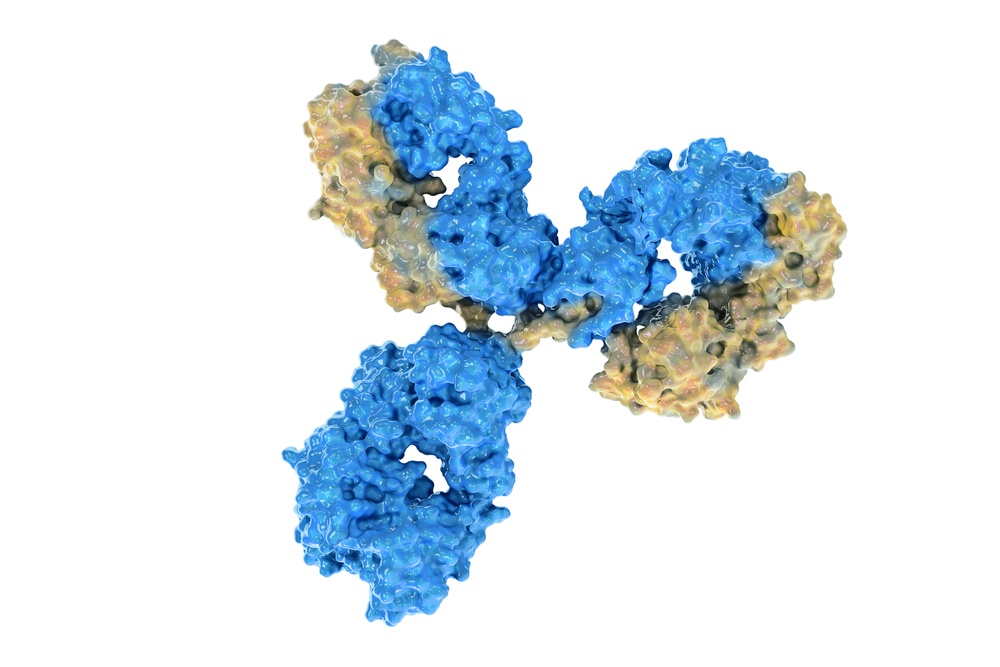The global transplantation market is expected to grow at a CAGR of 9.5% during forecast period 2020 to 2027 and projected to hit around USD 27.07 billion by 2027. The global transplantation market was valued at USD 13.10 billion in 2019.
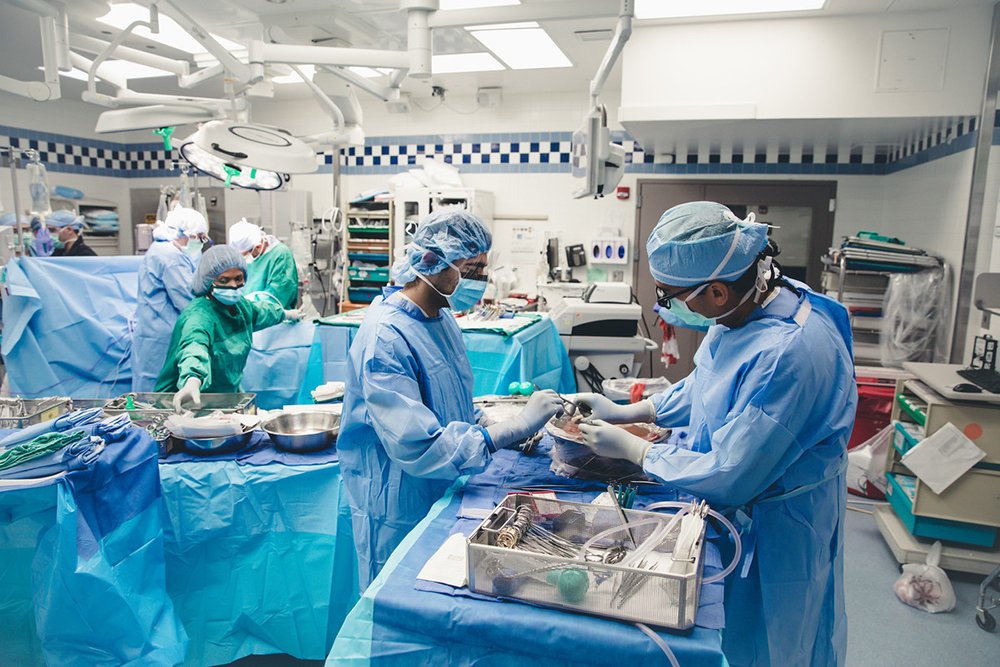
Rising demand for the organ transplantation to treat organ failure and novel tissue transplantation products is the prime factor that drives the market growth.
Organ failure occurs because of various factors that include loss of blood, serious trauma, drug abuse, poisoning, sepsis, leukemia, and other acute diseases. Demand for organ and tissue transplantation mainly heart, kidney, lungs, and liver is very high. Alcohol consumption, unhealthy dietary habits, drug abuse, and lack of exercise are some of the major causes of organ failure. This expected to trigger the demand for transplantation products in the coming years. Additionally, increasing number of acute diseases has also resulted in the rising cases of organ failure.
Transplantation Market Size & Market Analysis
However, customary and religious belief along with lack of awareness related to organ donation prevents large number of people from donating organs. Thus, shortage of organs for the treatment of organ transplantation is likely to hinder the market growth. There is a massive gap between the supply and demand of organ for the treatment of organ failure. As per the U.S. Department of Health & Human Services report in 2019, total number of patients for kidney transplantation was 43,201, yet only 23,401 procedures for kidney transplantation were performed.
Product Type Insights
Tissue product segment was the highest revenue contributor in the global transplantation market in 2019, accounting for a market value share of nearly 58%. Significant rise in the transplantation procedures such as heart valves, cochlear, orthopedic soft tissues, and bone marrow prominently drives the growth of the segment. Further, advancement and development of new transplantation products is the other most important factor that propels the market growth. For instance, in September 2015, Arthrex Inc. introduced ArthroFlexAcellular Dermal Matrix, an orthobiologic product that is generally used capsular reconstruction.
On the other hand, immunosuppressive drugs segment projected to exhibit the fastest growth during the forecast period. This is mainly attributed to the increasing use of these drugs to prevent the post-transplant organ or tissue rejection. Rising number of chronic diseases has significantly boosted the organ transplantation market, which in turn expected to fuel the growth for immunosuppressive drugs over the analysis period.
Application Insights
Tissue transplantation application segment emerged as the global leader in the global transplantation market, with a revenue share of around 60% in the year 2019 and projected to expand at the fastest rate during the forecast period. This is attributed to the fact that replacement of cornea, skin, heart valves, bones, nerves, tendons, and veinsare the most common procedures performed globally. Furthermore, the increasing cases of burn and accidents expected to fuel the demand for tissue products in the coming years.
Besides this, organ transplantation analyzed to exhibit significant growth over the forecast period. Increasing number of organ transplant procedures along with recurring sales of immunosuppressant drugs is likely to boost the segment growth. For instance, in 2017, there were nearly 90,306 kidney transplant procedures performed worldwide.
End-use Insights
Hospital segment dominated the global transplantation market with value share of approximately 49% in the year 2019 and analyzed to retain its dominance over the forecast period. This is mainly due to increasing number of tissue and organ transplantation at hospitals as they are the primary health treatment centers. In addition, significant advancement along with rising investment for developing hospital Infrastructure equipped with advanced facilities attracts major audience.
On the contrary, transplant centers registered the highest growth rate during the forecast period. Increasing number of transplantations has triggered the need for large number of health centers to cater the patient requirement. Additionally, the rising government initiatives to encourage the public for organ donation again flourish the market growth.
Regional Insights
North America encountered as the most prominent region leading the global transplantation market with significant revenue share of nearly 40% in 2019 and projected to maintain its dominance throughout the analysis period. Well-developed health treatment facilities along with the presence of several major medical devices as well as biotechnologies manufacturing companies such as Zimmer Biomet, Arthrex, Inc., Novartis AG, Medtronic, and Stryker supports the market growth.
However, the Asia Pacific registered the fastest growth over the analysis period due to increasing research activities on stem cells for developing organs and in vitro tissue. Furthermore, developing healthcare infrastructure in various Asian countries such as Thailand, India, Indonesia, and Philippines analyzed to propel the market growth in the region.
Key Companies & Market Share Insights
The global transplantation market is highly fragmented with the presence of several small, medium, and large scale vendors. Major market players focus mainly on mergers & acquisitions, new product launch, and regional expansions to gain significant momentum in terms of revenue share in the industry. Mergers and acquisitions help vendors to expand their geographical reach and existing product portfolio.
Some of the prominent players in the transplantation market include:
- Arthrex, Inc.
- Abbvie, Inc.
- Teva Pharmaceuticals
- Medtronic PLC
- Zimmer Biomet
- Strykers
- Novartis AG
- BiolifeSolutions, Inc.
- 21st Century Medicine
- Veloxis Pharmaceutical
Transplantation Market Size & Market Analysis
Source : https://www.precedenceresearch.com/transplantation-market

